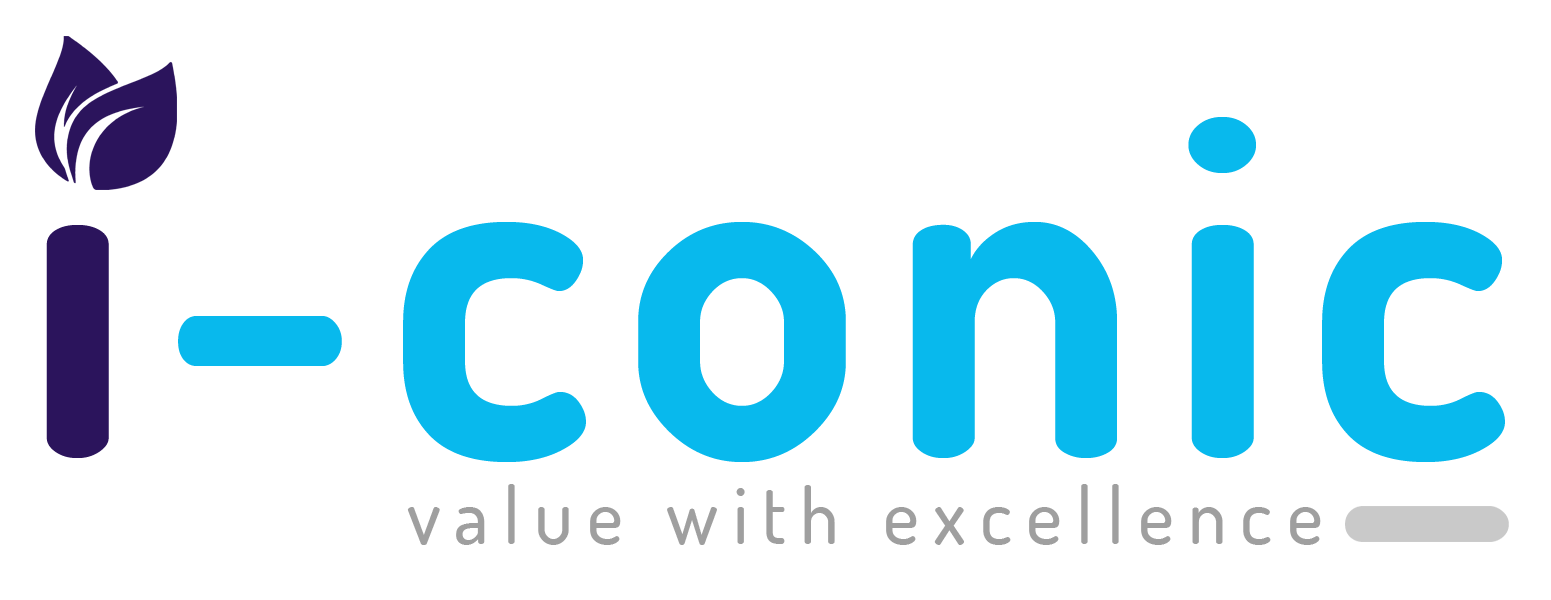Durable Medical Equipment (DME) plays a vital role in managing chronic diseases by providing essential medical devices that help patients monitor and maintain their health. As healthcare policies continue to evolve, the Centers for Medicare & Medicaid Services (CMS) has introduced significant revisions to DME billing procedures for 2025. These updates aim to align healthcare providers, enhance patient care, streamline payment processing, and promote value-based care models. Healthcare professionals working with chronic disease patients must fully comprehend these changes.
Key Changes in DME Billing for 2025
- Discontinuation of HCPCS Code G0511 for Care Coordination Services :
Historically, Rural Health Clinics (RHCs) and Federally Qualified Health Centers (FQHCs) utilized HCPCS code G0511 to bill for Chronic Care Management (CCM) services. Effective January 1, 2025, CMS will phase out G0511 in favor of individual CPT and HCPCS codes to enhance billing precision. This transition ensures clearer service classification and more accurate reimbursement. - Shift to Individual CPT Codes :
With the removal of G0511, healthcare providers must now utilize specific Clinical Procedure Terminology (CPT) codes for Chronic Care Management documentation and reimbursement:- CPT Code 99490 – Covers non-complex Chronic Care Management services requiring at least 20 minutes of clinical staff time per month.
- CPT Code 99439 – Accounts for additional time spent on CCM beyond the initial 20 minutes.
These adjustments align compensation with the complexity and duration of care coordination, ensuring fair reimbursement for RHCs and FQHCs.
- Introduction of Advanced Primary Care Management (APCM) Services :
The 2025 Medicare Physician Fee Schedule (PFS) introduces Advanced Primary Care Management (APCM) services, which consolidate multiple care management services to support primary care physicians in delivering structured, patient-centered care. APCM integrates elements from:- Principal Care Management (PCM)
- Transitional Care Management (TCM)
- Chronic Care Management (CCM)
This initiative fosters improved treatment organization for patients with chronic conditions while reducing administrative burdens, allowing providers to focus on patient care.
To facilitate APCM implementation, CMS has introduced three new HCPCS G-codes:
- G0556 – For patients with a single chronic condition requiring ongoing management.
- G0557 – For patients with two or more chronic conditions needing active care coordination.
- G0558 – For patients with multiple chronic conditions who are also Qualified Medicare Beneficiaries (QMBs), making them eligible for additional financial assistance.
These codes eliminate time-based restrictions, reducing administrative workload and aligning reimbursement with patient health needs for personalized long-term care management.
- Impact on RHCs and FQHCs :
APCM services present new opportunities for RHCs and FQHCs to optimize patient care. By leveraging national non-facility PFS payment rates, these facilities can submit claims with appropriate APCM codes, enhancing financial stability and care coordination. The updated coding framework strengthens healthcare facility operations while improving patient oversight and health outcomes, particularly for underserved communities. - Six-Month Transition Period :
To support the smooth implementation of these changes, CMS has established a six-month transition period from January 1, 2025 to at least July 1, 2025. During this timeframe, healthcare providers must:- Update their billing procedures
- Train staff
- Integrate new CPT and HCPCS codes into their operational workflows
The transition period is critical for maintaining compliance and ensuring uninterrupted insurance claim processing. It also allows healthcare organizations to review documentation practices, correct potential errors, and enhance overall billing efficiency.
- Expansion of Telehealth Services:
Effective January 1, 2025, CMS will allow real-time, two-way audio-only telehealth services in situations where:- The distant-site physician has access to video technology.
- The patient is unable or unwilling to use video conferencing.
This modification improves healthcare accessibility for patients in rural and technology-limited areas, enhancing medical care delivery for individuals managing chronic illnesses. By broadening telehealth capabilities, CMS aims to reduce hospital visits while ensuring better patient access to essential healthcare services.
- Integration of Remote Patient Monitoring (RPM) with CCM :
The 2025 PFS Final Rule emphasizes the integration of Remote Patient Monitoring (RPM) with Chronic Care Management (CCM). Key aspects of this change include:- Providers can offer RPM alongside CCM.
- RPM has distinct CPT billing codes, allowing for dual reimbursement.
- RPM service and time requirements must be met independently of CCM.
By utilizing wearable devices, smart sensors, and continuous data tracking, providers can proactively adjust treatment plans, reduce complications, and prevent emergency visits, resulting in better patient outcomes.
Medicare Advantage and Commercial Plans Drive Denial Increases
These regulatory updates underscore CMS’s dedication to value-based care, which emphasizes:
- Implementing APCM services for tailored patient care
- Expanding telehealth services to improve accessibility
- Integrating RPM with CCM for real-time health monitoring
- Refining billing codes to enhance reimbursement efficiency
Value-based reimbursement directly ties financial incentives to the quality of care provided, encouraging healthcare organizations to adopt better care models, minimize inefficiencies, and prioritize patient well-being. The updated billing structure empowers healthcare facilities to manage chronic illnesses more effectively, optimizing both financial and operational performance.




